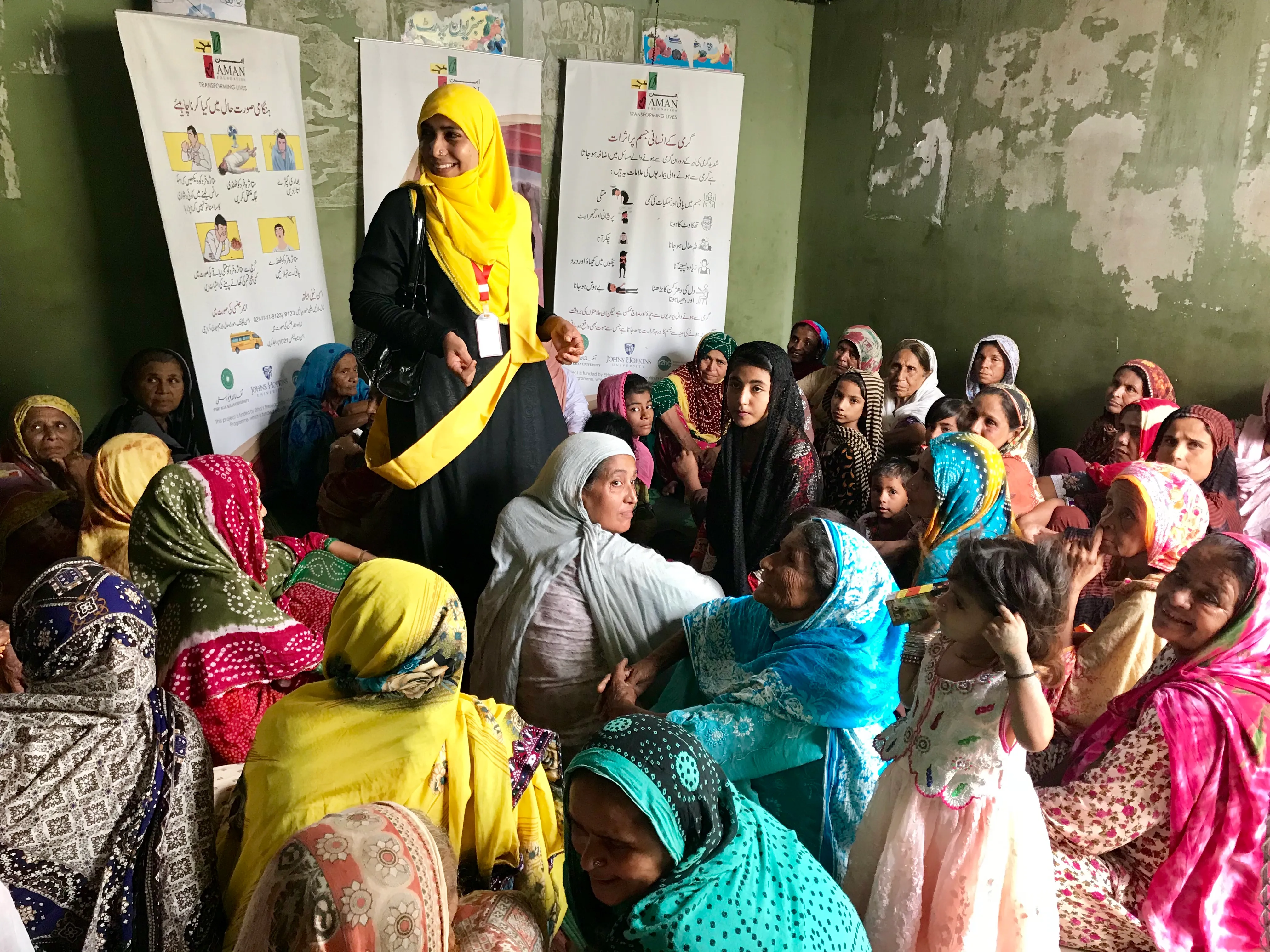Moving Forward: Buy in to 3D printing

Moving forward into phase two of our research, we had a clear intention to further our understanding of the training needs that are faced by NGO staff when they are introduced to the 3D Printing technology. To gain this understanding, the team undertook an intensive brainstorming session before the second trip to Kenya. From this, we concluded that we needed to understand who (in organizational terms) was likely to be:
- Given responsibility for the oversight of the local printing process
- Actually undertaking the printing process if the printer was located in a regional office.
- Actually undertaking the printing process if the printer was located in a field location.
In this way, we would obtain a broad understanding of the likely pre-existing skill sets and experience, and from this we could achieve a better understanding of the additional training and educational needs.
Touch down in Kenya. Once back in the Nairobi office, it was apparent there were some key challenges in getting participation in the 3D printing activities. We had not appreciated in advance quite the extent of the transient nature of staff passing through the Oxfam office. In our first meeting we addressed approximately 50 staff members and we realised around 30 were new faces, as such an introduction to our pilot study was necessary. It was an important lesson for us to take on board and is clear that we will have to be extremely thorough in ensuring we can maintain the projects standards, processes, protocols etc.
Meanwhile, the Nairobi office was working in overdrive, with most staff focused on finalizing a number of projects that rolled over into the new year. Wee had to change our game plan and shiftour attention to our other areas of overall research whilst at the same time keeping our door open to any staff who wanted to experience the use of the printer. In the process we gotget a clearer understanding of the key areas of interest and the extent to which existing skills/experience could be leveraged as part of the process.
The key findings reinforced our belief that the proposed ‘Hub and Spoke’ model – with the core design and testing activities being undertaken centrally (at the Hub) and the printing (plus some localized testing) at the field locations (the Spokes) – was the correct organisational approach.
Now with our researcher shortly to return home, the focus is on writing up the project and developing our bid for the forthcoming Large Grant round in which we hope to operationalize the Hub and Spoke model.
Stay updated
Sign up for our newsletter to receive regular updates on resources, news, and insights like this. Don’t miss out on important information that can help you stay informed and engaged.
Related articles



Explore Elrha
Learn more about our mission, the organisations we support, and the resources we provide to drive research and innovation in humanitarian response.